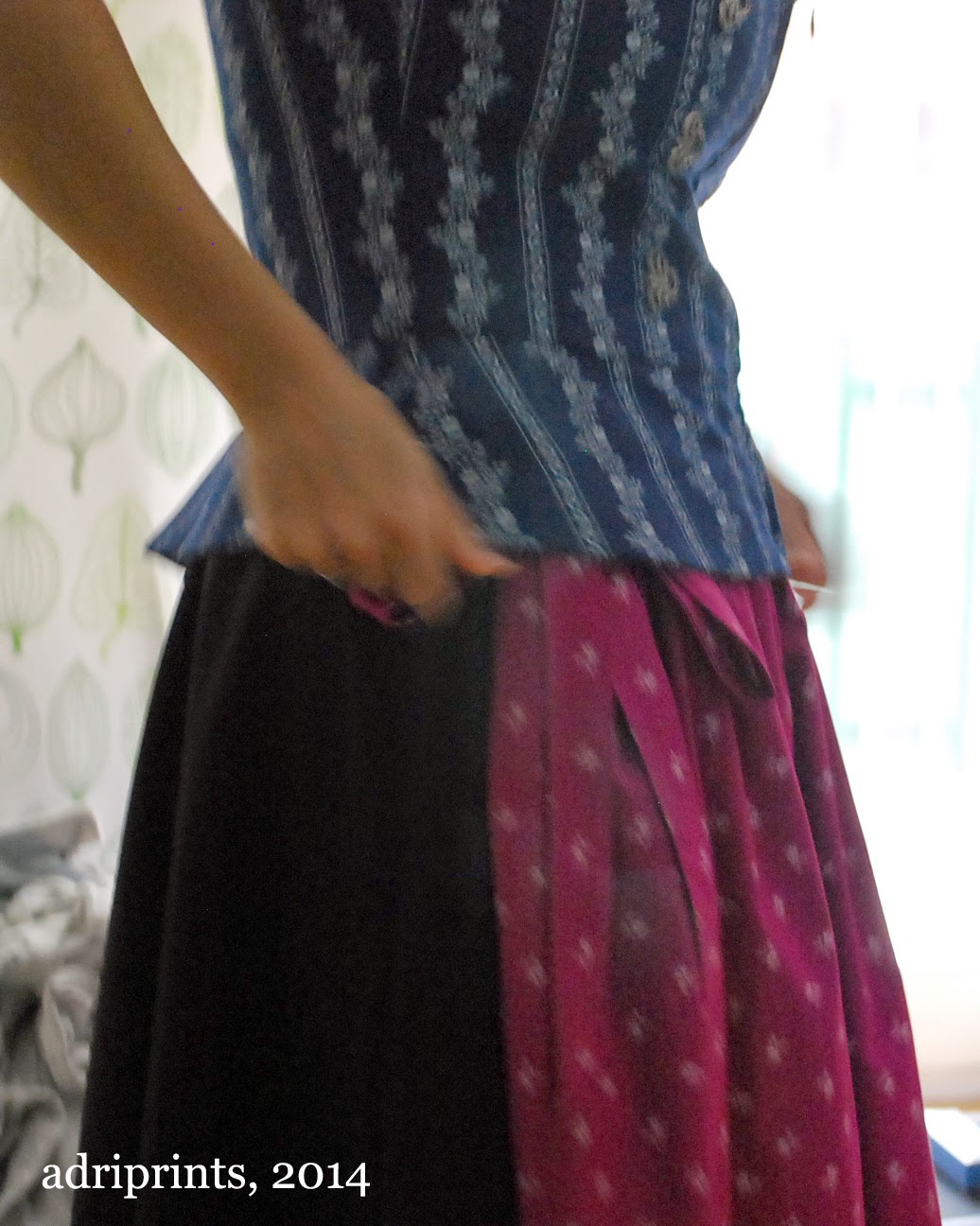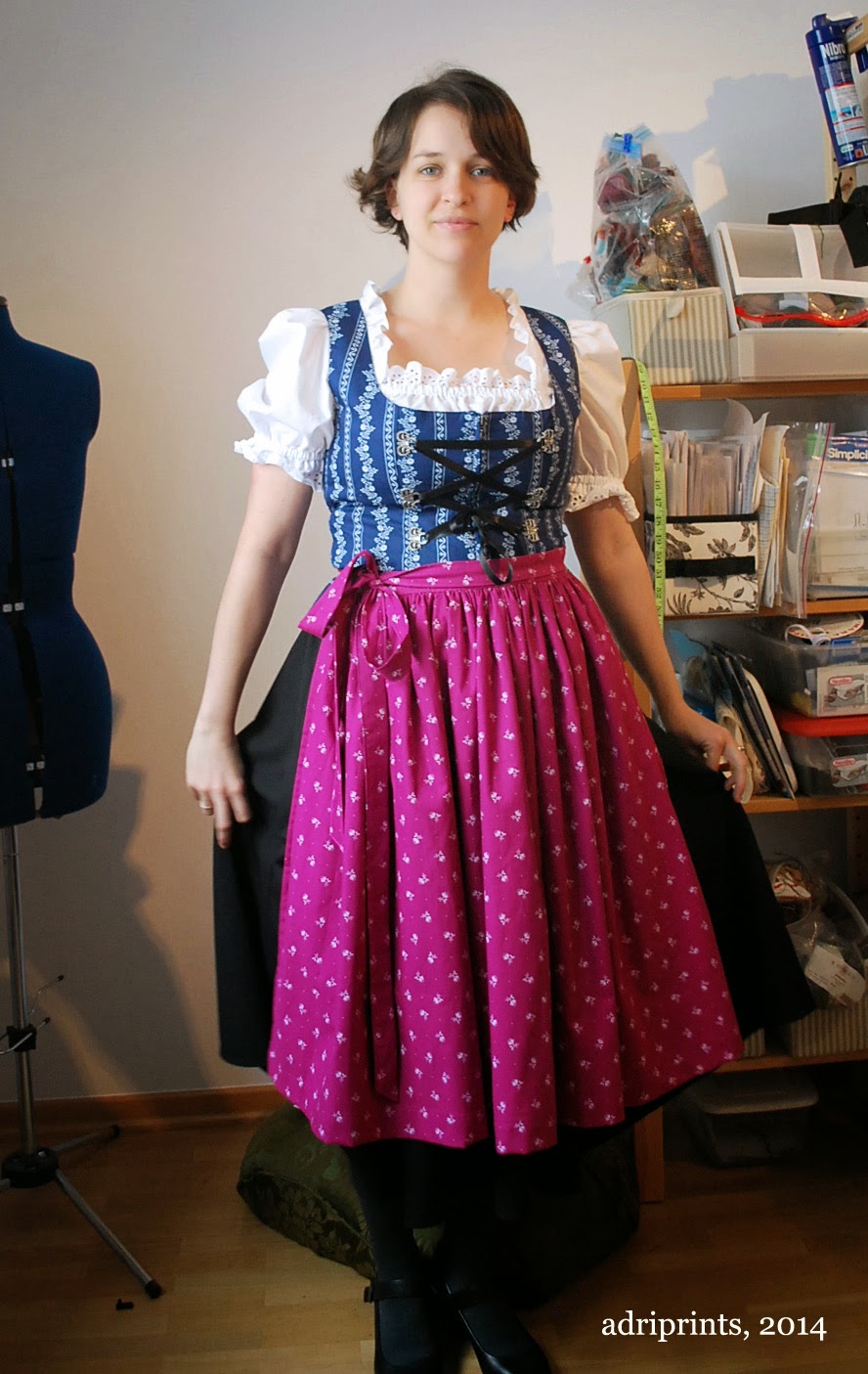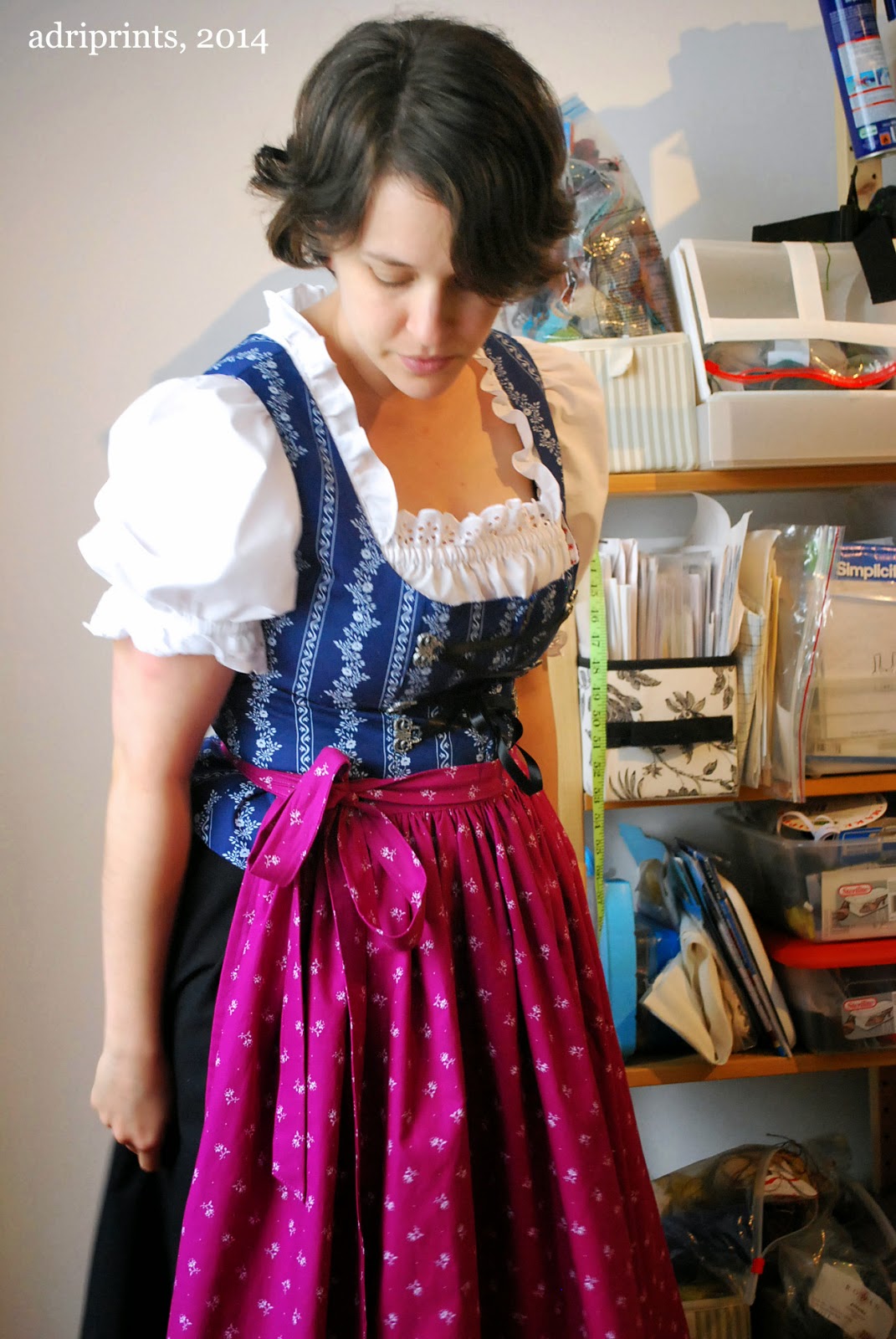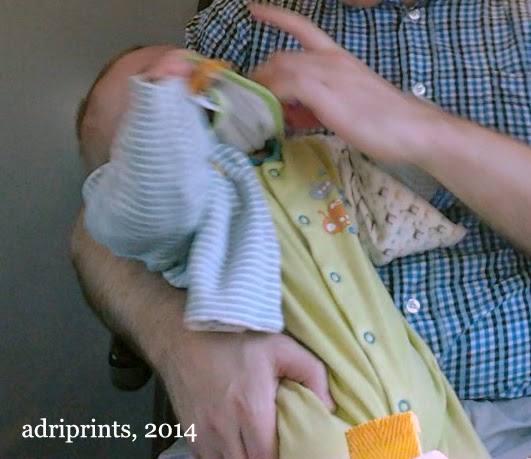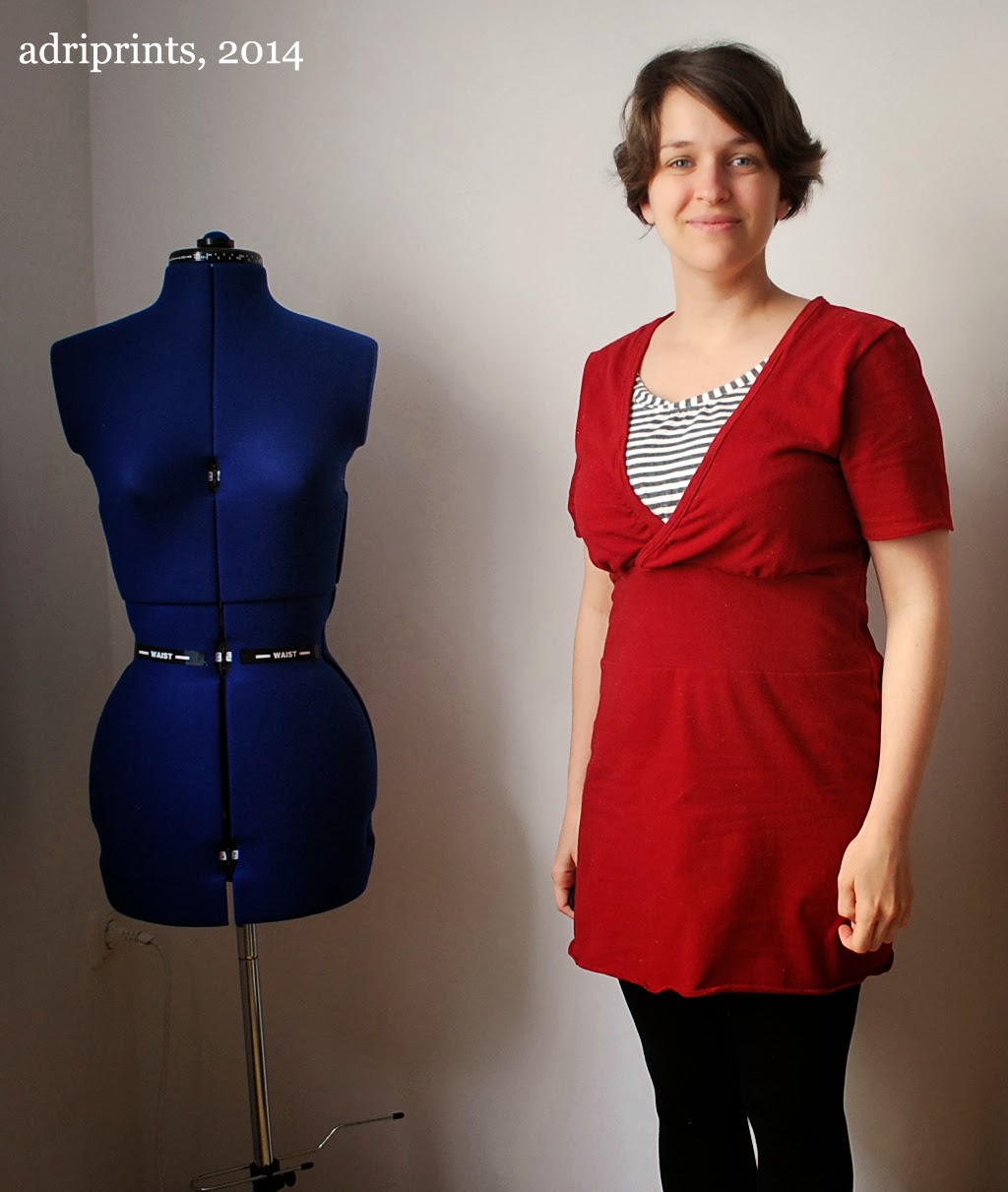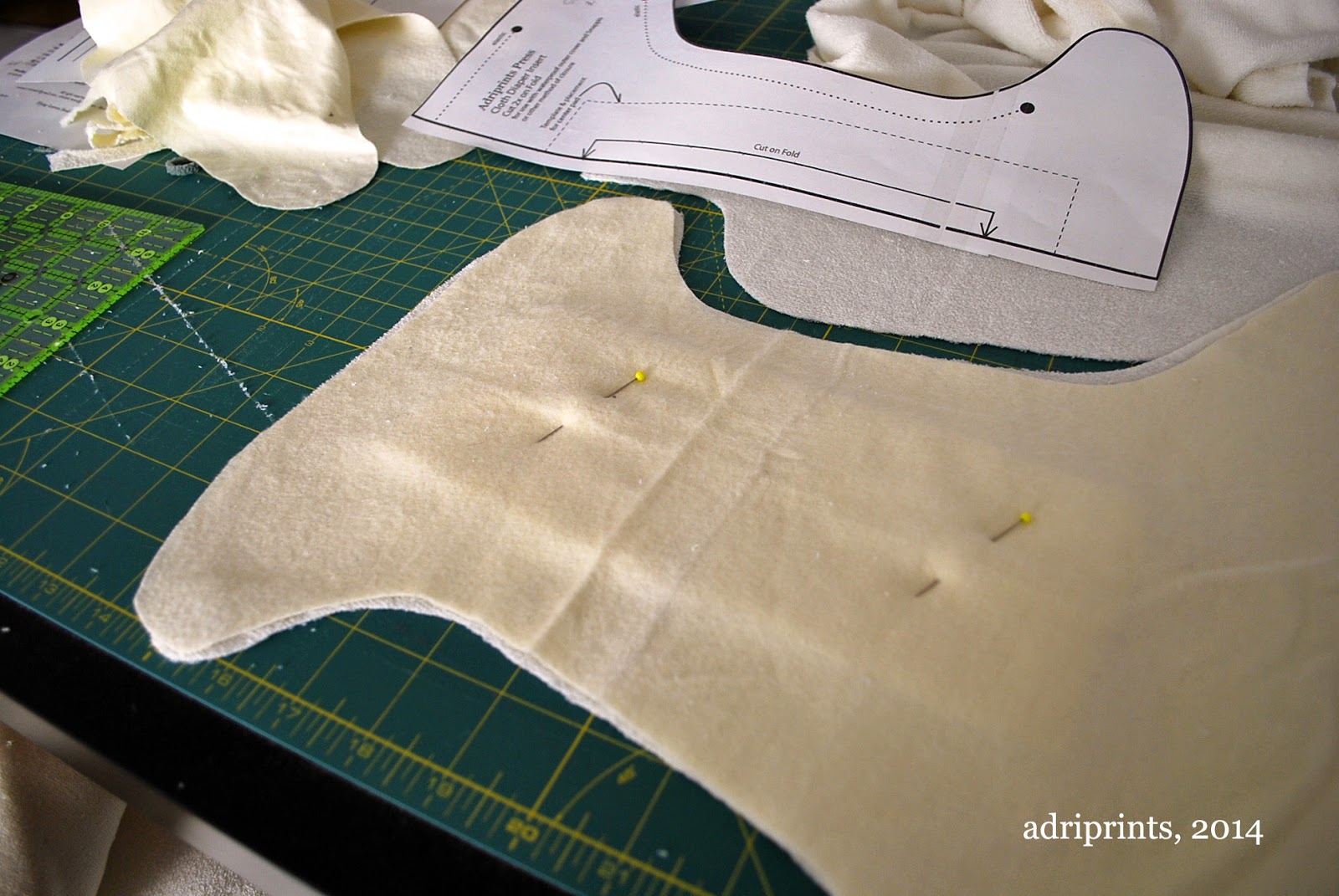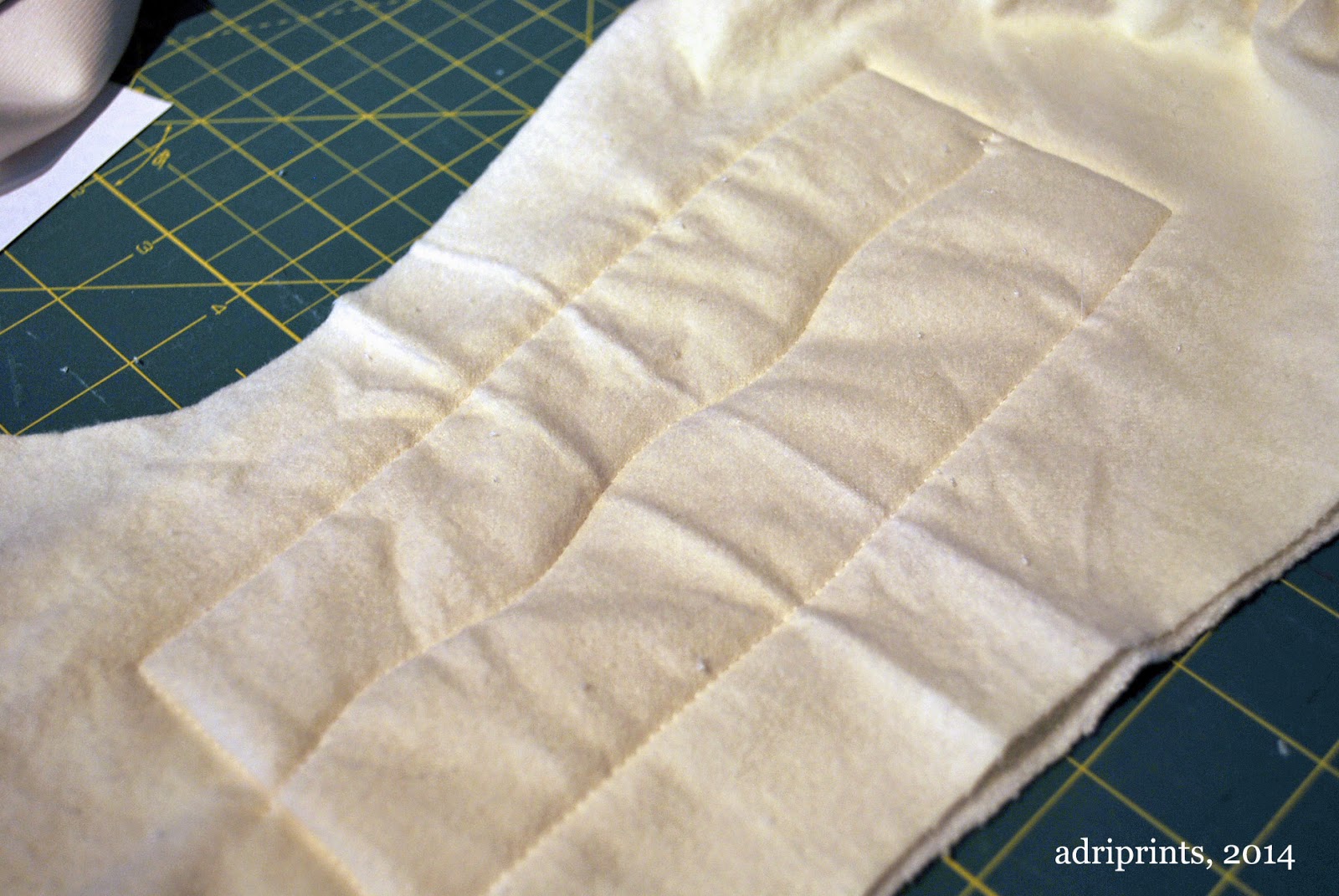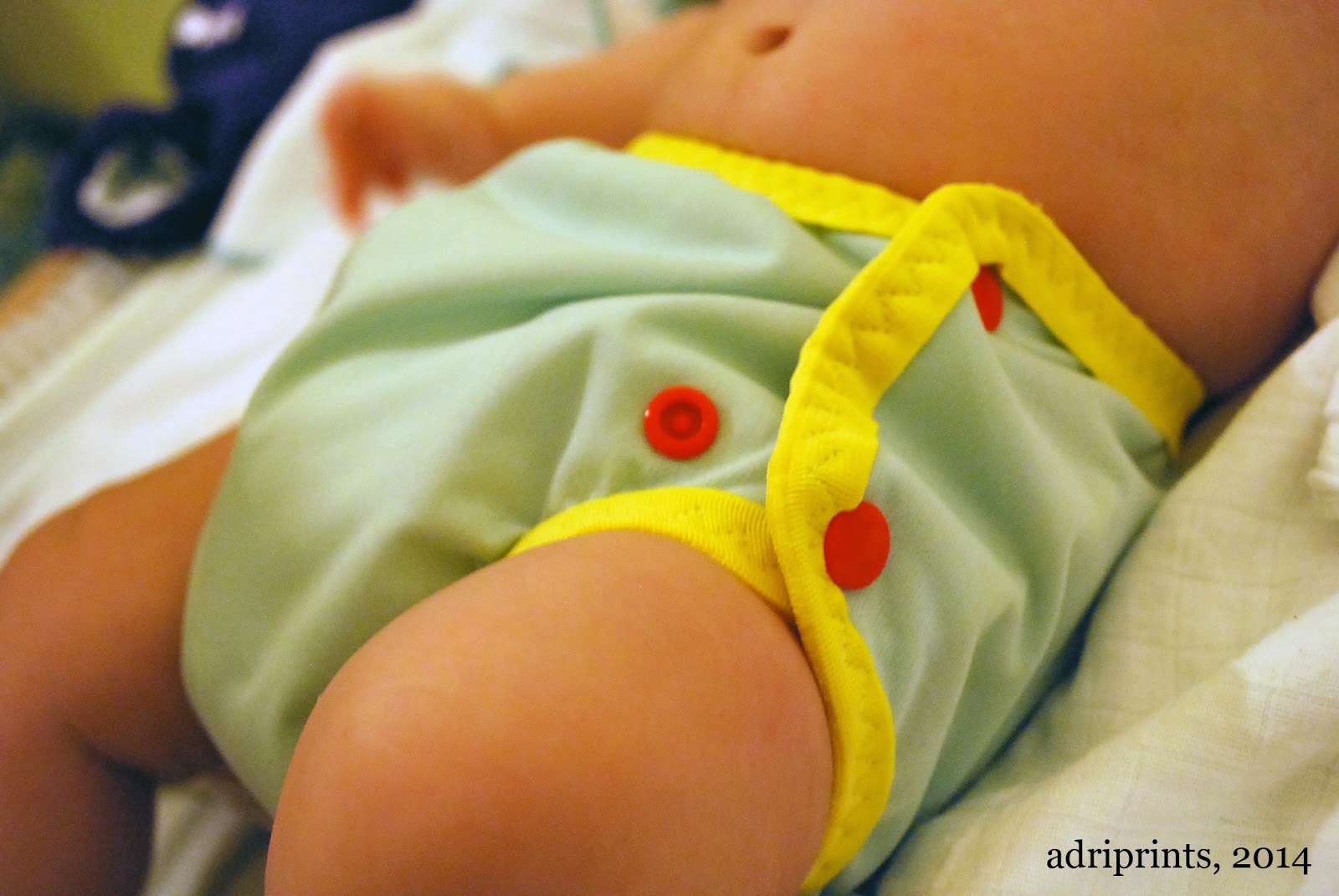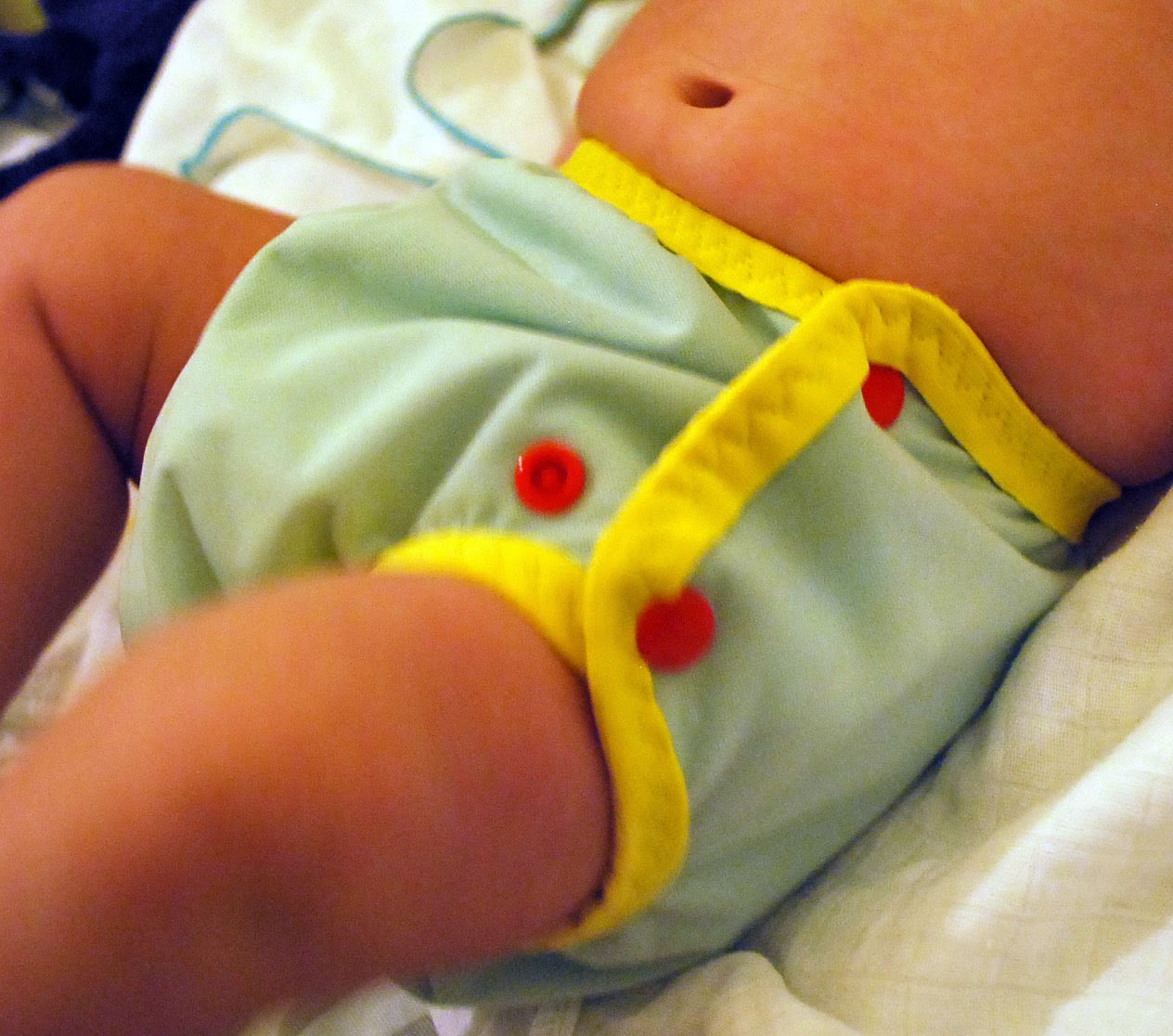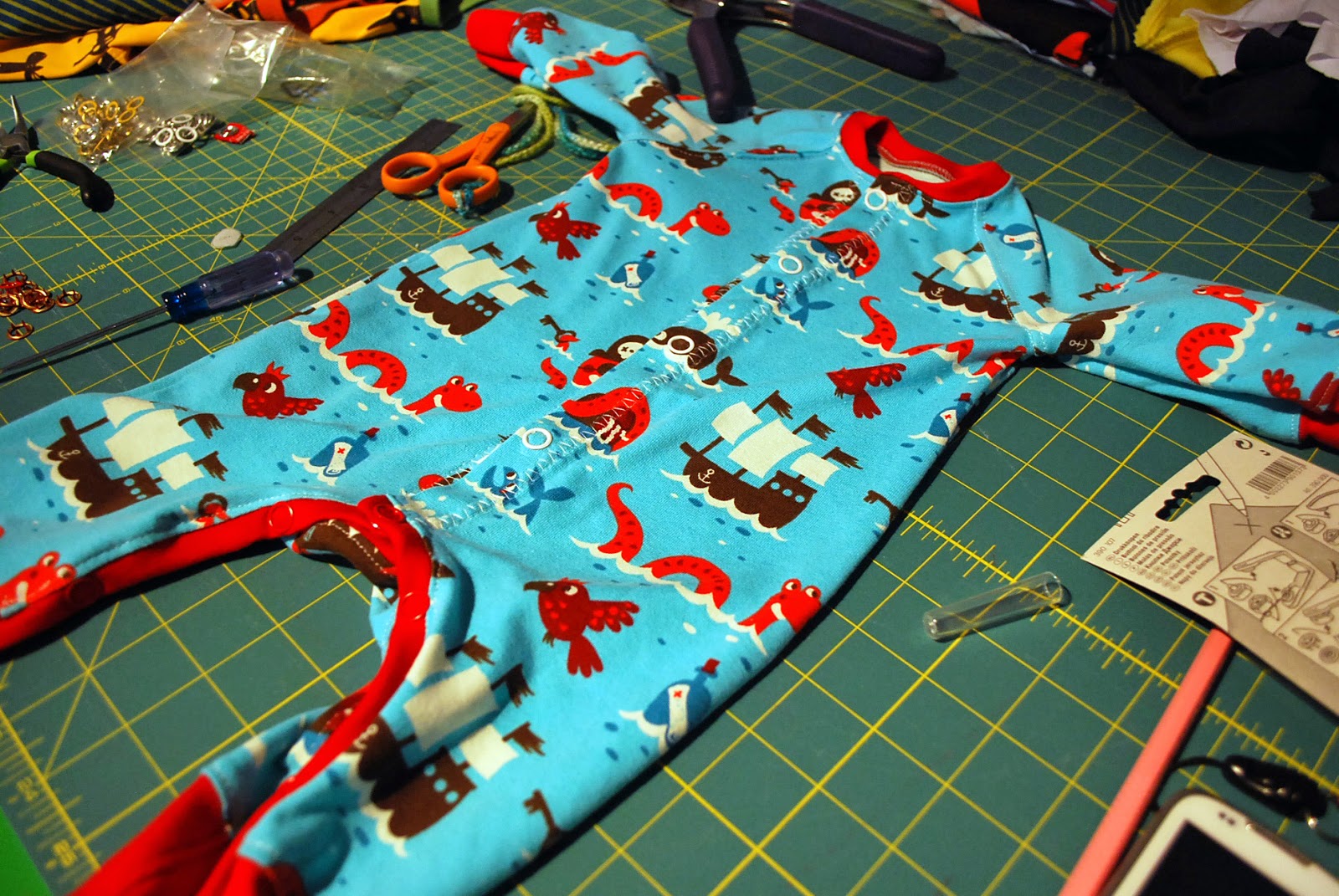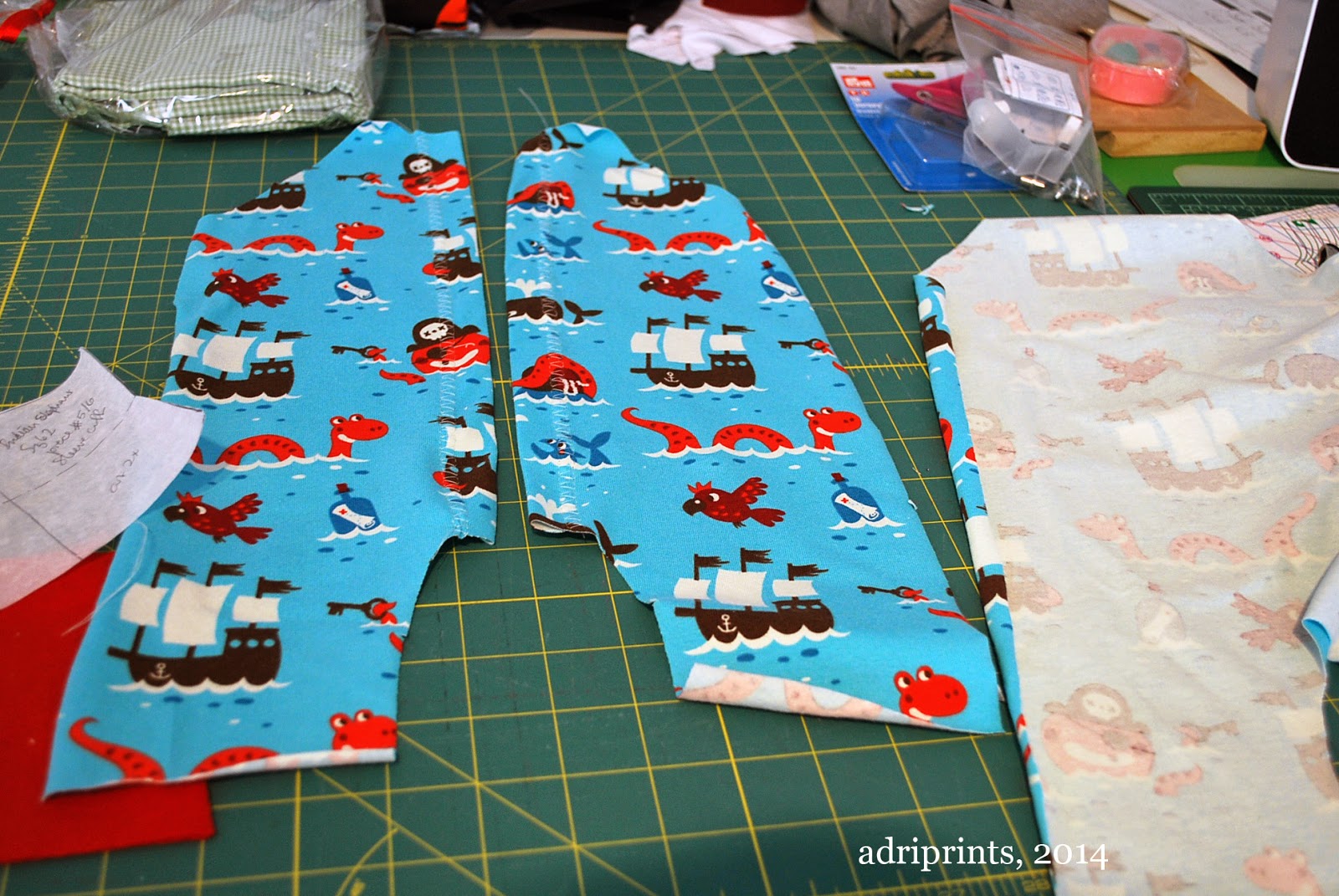-
Recent Posts
Recent Comments
Tags
architecture art autumn boats christmas colors Cooking DIY everything else Family Farm Features flowers food garden gardening HAIRSTYLES holidays Kids knit Knitting Knitting & Spinning Lighthouses Martha's Vineyard Massachusetts Memories New England New Jersey New York New York City Oak Bluffs Pets photo a day photo a day challenge Photographs postaweek quilting Seasons Sewing sky Spinning Uncategorized water Wordpress yarnArchives
- April 2025 (1)
- March 2025 (3)
- February 2025 (2)
- December 2024 (1)
- November 2024 (1)
- October 2024 (1)
- September 2024 (1)
- August 2024 (2)
- June 2024 (3)
- May 2024 (1)
- April 2024 (1)
- March 2024 (2)
- February 2024 (1)
- December 2023 (4)
- November 2023 (3)
- October 2023 (1)
- September 2023 (3)
- August 2023 (3)
- July 2023 (4)
- June 2023 (1)
- May 2023 (2)
- April 2023 (3)
- March 2023 (3)
- February 2023 (2)
- January 2023 (5)
- December 2022 (4)
- November 2022 (2)
- October 2022 (2)
- September 2022 (1)
- August 2022 (1)
- July 2022 (5)
- June 2022 (5)
- May 2022 (5)
- April 2022 (2)
- March 2022 (2)
- February 2022 (1)
- January 2022 (2)
- December 2021 (2)
- November 2021 (2)
- October 2021 (5)
- September 2021 (6)
- August 2021 (6)
- July 2021 (3)
- June 2021 (4)
- May 2021 (4)
- April 2021 (1)
- March 2021 (6)
- February 2021 (7)
- January 2021 (6)
- December 2020 (4)
- November 2020 (6)
- October 2020 (3)
- September 2020 (4)
- August 2020 (3)
- July 2020 (6)
- June 2020 (6)
- May 2020 (4)
- April 2020 (5)
- March 2020 (3)
- February 2020 (2)
- December 2019 (1)
- November 2019 (4)
- October 2019 (8)
- September 2019 (4)
- August 2019 (11)
- July 2019 (8)
- June 2019 (29)
- May 2019 (22)
- April 2019 (18)
- March 2019 (26)
- February 2019 (21)
- January 2019 (58)
- December 2018 (207)
- November 2018 (108)
- October 2018 (34)
- September 2018 (31)
- August 2018 (35)
- July 2018 (41)
- June 2018 (110)
- May 2018 (60)
- April 2018 (25)
- March 2018 (23)
- February 2018 (10)
- January 2018 (17)
- December 2017 (22)
- November 2017 (15)
- October 2017 (32)
- September 2017 (16)
- August 2017 (17)
- July 2017 (19)
- June 2017 (12)
- May 2017 (14)
- April 2017 (12)
- March 2017 (9)
- February 2017 (23)
- January 2017 (20)
- December 2016 (43)
- November 2016 (31)
- October 2016 (20)
- September 2016 (28)
- August 2016 (28)
- July 2016 (40)
- June 2016 (81)
- May 2016 (38)
- April 2016 (39)
- March 2016 (28)
- February 2016 (31)
- January 2016 (37)
- December 2015 (43)
- November 2015 (44)
- October 2015 (56)
- September 2015 (39)
- August 2015 (36)
- July 2015 (42)
- June 2015 (46)
- May 2015 (43)
- April 2015 (57)
- March 2015 (58)
- February 2015 (56)
- January 2015 (39)
- December 2014 (60)
- November 2014 (73)
- October 2014 (67)
- September 2014 (63)
- August 2014 (80)
- July 2014 (81)
- June 2014 (85)
- May 2014 (86)
- April 2014 (87)
- March 2014 (93)
- February 2014 (89)
- January 2014 (89)
- December 2013 (107)
- November 2013 (89)
- October 2013 (79)
- September 2013 (90)
- August 2013 (94)
- July 2013 (112)
- June 2013 (104)
- May 2013 (151)
- April 2013 (139)
- March 2013 (140)
- February 2013 (119)
- January 2013 (138)
- December 2012 (136)
- November 2012 (175)
- October 2012 (154)
- September 2012 (158)
- August 2012 (181)
- July 2012 (194)
- June 2012 (171)
- May 2012 (204)
- April 2012 (203)
- March 2012 (214)
- February 2012 (118)
- January 2012 (52)
- December 2011 (37)
- November 2011 (27)
- October 2011 (26)
- September 2011 (23)
- August 2011 (8)
- July 2011 (12)
- June 2011 (11)
- May 2011 (12)
- April 2011 (9)
- March 2011 (16)
- February 2011 (11)
- January 2011 (13)
- November 2010 (6)
- October 2010 (12)
- September 2010 (11)
- August 2010 (15)
- July 2010 (15)
- June 2010 (4)
- May 2010 (5)
- April 2010 (3)
- March 2010 (3)
- February 2010 (7)
- January 2010 (11)
- December 2009 (11)
- November 2009 (14)
- October 2009 (17)
- September 2009 (9)
- August 2009 (8)
- July 2009 (1)
- June 2009 (5)
- May 2009 (15)
- April 2009 (5)
- March 2009 (4)
- January 2009 (2)
- December 2008 (1)
- November 2008 (1)
- September 2008 (2)
- August 2008 (1)
Contributors
- Cloth-n-Clay
- Adri Makes a Thing or Two
- Ambersambry Blog
- Booking Through Thursday
- Caroline Fryar
- Cherished Moments
- chez farm
- Dave and Lisa’s Backyard
- Dragan's Project Page
- Fyberspace's Blog
- Gilead Goats
- Grandmatutu musings
- It’s MY Life! (Diary of a Mom, Pet Owner and Fiber Artist)
- Knit Mainea!
- Knitting Scholar
- librarysarie
- maggistitches
- Maltese Parakeet
- Marla Holt
- Merry Magpie Farm
- Midwest Yarn
- MV Obsession
- Nishikot: Crafty things from Sheeri
- Punctuality Rules!
- Ramble the Travelling Ram
- Rebecca’s Pocket
- Red Dirt Knitter
- Retired, but not Retiring
- Rhymes with Flurms
- Stoneview
- Sundaybee's Blog
- Sunset Cat Designs
- Thoughts of the Day
- Through Jersey Eyes
Meta
Tag Archives: Sewing
Half Circle Skirt, Oktoberfest 2014
At the end of September, I was scrambling to make an outfit for Oktoberfest that fit. A friend graciously gave me an extra "miede" (bodice) and I made the skirt and apron out of some beautiful trachten fabric. The skirt is a super-crisp Trevira wool blend that is cool when you need it to be and warm when you need it to be. I lined the side-seam pockets with a bit of nylon lining fabric so the pockets wouldn't stick to any leggings, stockings, or petticoat I might wear.
Project Details
Skirt Pattern: Burda Dirndl 09/2011
Apron was self-drafted
Comments Off on Half Circle Skirt, Oktoberfest 2014
Tagged dirndl, DIY, Oktoberfest, Sewing
Sewing for Baby, Ottobre’s Spring Bird
Fabric: double knit stripe from Stoff & Co. and double knit giraffe from another sewist
Modifications: truly double sided, buttons are on both sides of the fabric and snaps are too.
And, the LD finally wore it last week!
Adventures in AIO’s (all-in-ones)
My latest experiments with cloth diapers have been with sewing all-in-ones (AIO's). The advantage to this style of diaper is that you don't have a separate insert- the cover and insert are actually "all in one".
The disadvantage is that AIO's typically take a long time to dry. This AIO is based on the TotsBots "BOB" (best of both) Easy Fit model here. I love their diapers, but the latest version 4.0 only comes with velcro waist adjusters...
After using these for a month I can say they work! They also dry fairly quickly - not as quick as the TotsBots, but much faster than some of the other AIO's I have.
How these were made...
Pattern:
Improvements for next time...
I need to fold over the edge where the suede cloth and the PUL edge overlap. I left the PUL edge raw and it's stretching a bit thin. I also think I'm just gonna do suede cloth and the insert inside (instead of PUL on the inside). And, lastly, I've got to better reinforce the sizing snaps at the front center with more PUL.
Materials:
Why snaps? Now that I've been cloth diapering for a few months, I have come to dislike sorting out anything with velcro (hook & loop) in the laundry. So I went with snaps (poppers). I've already had two separate incidents where super-strong velcros from baby's bibs snagged onto clothes and diapers. It's very sad to see scuffed and pilled clothing just because of an errant piece of velcro in the wash. Grr.
How these were made...
| before sewing the outer/inner together... don't use pins |
Pattern:
- This video from Little Bundas for general techniques.
- This pattern, 3x3 AIO round tab from Arfy of Prefold2fitted Blog
- These written instructions from Tutu Mafia/Cloth Revolution's Sewn-In Diaper here. These instructions plus the video above were crucial for me to get a good end result. I also had the TotsBots diaper to look at for help.
Improvements for next time...
I need to fold over the edge where the suede cloth and the PUL edge overlap. I left the PUL edge raw and it's stretching a bit thin. I also think I'm just gonna do suede cloth and the insert inside (instead of PUL on the inside). And, lastly, I've got to better reinforce the sizing snaps at the front center with more PUL.
Materials:
- outer is Eco-PUL from Diaper Sewing Supplies this pack here.
- Alova suede cloth for the back flap also from Diaper Sewing Supplies
- the built-in insert is 1 layer velour (closest to the baby butt), 1 layer bamboo terry, 1 layer hemp with PUL at the front
| chalk markings for centering snaps |
Comments Off on Adventures in AIO’s (all-in-ones)
Tagged baby, cloth diaper, design, Sewing
A London Dress For Neve
Neve’s been after me for a while to use some of my London-themed fabric to make her a dress, so this weekend I went through my patterns and we decided on the Ice Cream Dress from Oliver & S.
I used some Riley Blake fabric wit complimenting colors and patterns and cut it out two days ago. Today I got to work on it all day and was done in just a few hours.
It was a breeze to throw together; though I think I might personally prefer this pattern made up in a soft knit. Neve is pretty happy with it, though.
I did the bottom panel and the pocket yokes in the contrast fabric but left the top yoke in the main fabric.
I’m curious to see how it drapes after several washes and wearings; the fabric still has quite a bit of stiffness to it.
I can’t wait to try this pattern again; there are so many different fabric options that would be super cute with it!
Tagged: Sewing
Nursing Top from Ottobre 2009
I'm glad I decided to cut it up... I used up every bit of that tee, and finished off the rest of that thick red jersey fabric. I didn't have enough for the inner panel, so I used a bit of this lovely stripe jersey I bought from a fabric store closing sale. Glad I bought 2.5 m of it! It's so soft!
Do I look maybe a bit tired in these pics? That would be because I am. Hee hee. Somehow, the LD (little dude) started teething at 12 weeks and I've been coping with all that entails. He's generally the sweetest little sweety, but when he's teething he turns into a puddle of moaning sadness. It's heartbreaking and so I can't help but comfort him... at 2am... at 3am... at 3:30am.. etc...
So yeah, a bit tired, but it's getting better, and LD is learning to cope better. I also have many more tricks up my sleeve now that it's been a few weeks!
---
Anyway, about the project:
Pattern: Ottobre 2009, #6 "Loving" Nursing Top
Fabric: recycled red jersey from maternity/nursing tee made in May 2014
Modifications: shortened the sleeves 1", but I think I just need a smaller size on top
Recommendations: instructions for the innermost panel say to turn over the nursing edges and stitch, but I think this reduces the stretch of the fabric. I'd overlock this edge instead. I turned over the bottom edges and used a rolled hem foot... this is not a good application for it. The jersey loves to roll, and it made for a curly half-lettuce bottom hem.
The pattern is a very straightforward 7 piece pattern (you cut the binding, elastic, etc. based on given measurements). I made an EU size 40 using my full bust measurement. Next time, I'll cut a 38 top, maybe even a 36 for the shoulders and sleeves, and keep the bottom 40. It's easy to adjust since there's a separate waist section. On me, though, this is more of a nursing tunic dress. I'll be making some adjustments, but I like the dress aspect of it.
The trickiest part of this pattern was the clear elastic! My machine loves it to the point of squishing it all together and creating these teensy, tight gathers which I did not need for this particular pattern. In the end, I found the solution to be paper! Once I put the thin pattern paper between the foot and the elastic, everything went swimmingly... okay, not quite - that binding went a bit wonky, but I can live with it.
This went so quickly after figuring out the best way to sew with clear elastic!
Overall, I'm happy with it - it's wearable, but the shoulders/neck are wide for me... it's tough to choose a size with such a variable bust measurement, but the jersey should be forgiving enough to allow me to make a smaller size top. I will definitely make another!
Comments Off on Nursing Top from Ottobre 2009
Tagged clothing, motherhood, review, Sewing
Another Weekend, Come and Gone
The thing about blogging is that sometimes you’re at a loss for what to say after a weekend of lounging around with your cats, watching a Top Gear marathon on BBC. Hardly makes for exciting reading, right?
I CAN tell you that we have gotten new neighbors, and Lucy and Orzo helpfully went over to personally greet them. As it turns out, the woman over there is terrified of dogs. *Sigh*
If we are very lucky they will be much like the previous neighbors, whom we barely even knew were there.
As for the neighbors behind us (the church) we discovered that (adding insult to injury) the clearing for the cemetery behind us was only part one. Part two is the absolute clearcutting they will be doing to make themselves a new septic field for their new building (oh and the new neighbors want to clear cut as well – buhbye privacy!).
Thank goodness for cheap trees at Arbor Day Foundation. Looks like we’ll be buying spruce trees by the ton!
I did some more weeding in the gardens and pulled out all of the failed/failing squash plants. The squash bugs beat me thoroughly, yet again. I tried picking them off every day, twice a day. It did no good. I even tried the dish soap spray. It made the plants look even worse. Next year I’ll be using floating row covers and Neem oil.
The thing about Neem is that there’s no solid evidence of how it affects honeybees, so I have to be very careful. The squash will only get sprayed at night when the bees are in their hives, and not at all once the plants have flowered. Unfortunately it’s too late to try it this year. The second planting of cucumber and zucchini I put in in July hasn’t grown very large due to the cooler weather. If we don’t get a heatwave for the remainder of summer and into September I doubt they will fruit at all.
My tomato plants are looking great at the moment, and I’ve pulled a few nice cherry tomatoes off already.
Unfortunately the only varieties that are doing well are the Chadwick Cherry plants and the Mortgage Lifter plants. None of the Cherokee Purple or San Marzano made it.
To hopefully remediate my garden woes I’m working on the soil this year. We have had historically poor soil; fortunately we have crazy amounts of compost! The area that was the lambing pen this year has broken down into the blackest, slickest dirt you could hope for (hay plus wood shavings plus lots of pee and poop sitting in the sun alllll summer). I’ve been digging it up with the tractor and dumping it on areas of the gardens that are done for the season. We also have plenty of fallen hay (full of poop from the livestock) that I will till in this fall and leave for next spring, in hopes of helping build better dirt for growing.
But for now my focus is on fall. The spots where the squash was pulled out were planted with brussels sprouts, parsnips, kale and chard. Garlic seeds are on order, and strawberries will be ordered soon for a spring bloom.
My mums are already blooming (crazy, right?).
Once they start selling these in stores I’ll buy a few more to continue lining the walkway out front with them.
This little jealous mister hung out with me while I tried to clean the craft room a bit. I didn’t get very far. I got all of the coming year’s school stuff sorted and that was about it.
We DID make time to roast marshmallows.
Orzo and Lucy were on hand in case we dropped any.
And maybe to try and sneak one from the bag if Maddie would just look away.
There’s a whole lotta kitty lovin’ going on.
It’s going to be a sad day when she can’t fit in the napkin basket anymore.
Of course, it will be nice to have a place to put the new napkins I made.
And these ones for Halloween:
I guess as it turns out that for a weekend where it seemed like not much happened, I had a lot to say!
Tagged: Farm, food, Garden, Homeschooling, Pets, Sewing
Two-Part Nappies Revisited: Part 2
A quick tutorial on how to make your own diaper inserts using my pattern (or your own drafted pattern).
These diaper inserts require an outer waterproof cover of some kind, and will fit from newborn to 6kg+ (at least they're still working for us!).
Materials
1- Place the paper pattern on the fold, and cut your materials for the diaper insert. Don't forget to transfer all markings to your fabric.
Wash a few times, and then let baby poo all over your work! Hahah!
These diaper inserts require an outer waterproof cover of some kind, and will fit from newborn to 6kg+ (at least they're still working for us!).
 |
| the absorbent inserts inner flannel / outer terry cloth |
- Absorbent fabric (German term in parentheses) such as flannel (Flanell/Molton), terry cloth (Frottier), hemp fleece (Henf), or jersey, etc... Feel free to recycle materials you already have; like an old flannel blanket, an old sweatshirt, or a towel. I use terry-cloth on one side because I like to use Snappis and avoid hook & loop closures, but feel free to use whatever closure method you want.
- Elastic (I used 1/4" wide elastic that is resistant to high heat)
1- Place the paper pattern on the fold, and cut your materials for the diaper insert. Don't forget to transfer all markings to your fabric.
2- Cut fabric for center pad (it's that center rectangle with the dotted line in the pattern). I cut 2 layers of bamboo terry-cloth.
3- Layer the 3 elements as follows: absorbent material #1, pad rectangle(s), absorbent material #2.
Center the pad, and secure all three layers with pins.
4- With the smoothest fabric facing up, sew 1/8" to 1/4" within the four edges and across the center of the pad to secure it in place.
5- Measure the elastic band for the sides and top, then cut elastic 2-3” shorter than the measured length.
6- Tack both ends of the elastic where indicated and pin at the center. Make sure to leave a little space on the outer edge for finishing the fabric.
7- Use a zig-zag stitch to attach the elastic on the back of the insert and the leg openings, stretching the elastic between the two outer layers as you go.
8- Use a zig zag stitch or overlock around all the outer edges to finish. I stretch out the back and sides while feeding it through the overlocker. I do not serge over the crinkled/gathered edges.
Wash a few times, and then let baby poo all over your work! Hahah!
Comments Off on Two-Part Nappies Revisited: Part 2
Tagged baby, clothing, DIY, experiment, Sewing
Two-Part Nappies Revisited: Part 1
This post covers lessons learned in making diaper covers at home. In cloth diapering, the outer cover is a waterproof barrier that prevents leakage. These can also be used over regular disposables to prevent leaks, or just because they're really cute.
After a few mishaps and lots of leaks, re-purposing PUL, and studying more cloth diapers, I think I've found a few types of cloth diaper systems that work for the little dude. This particular diaper cover is a homemade version of Motherease's diaper cover the Air Flow. It works really well with the diaper inserts I make at home (more on that later). These are not easy to come by here in Germany, so to me it's worth the effort of making more of them.
What I've learned so far:
FOE - fold over elastic goes on a LOT easier if you use a triple zig-zag stitch. This video was key.
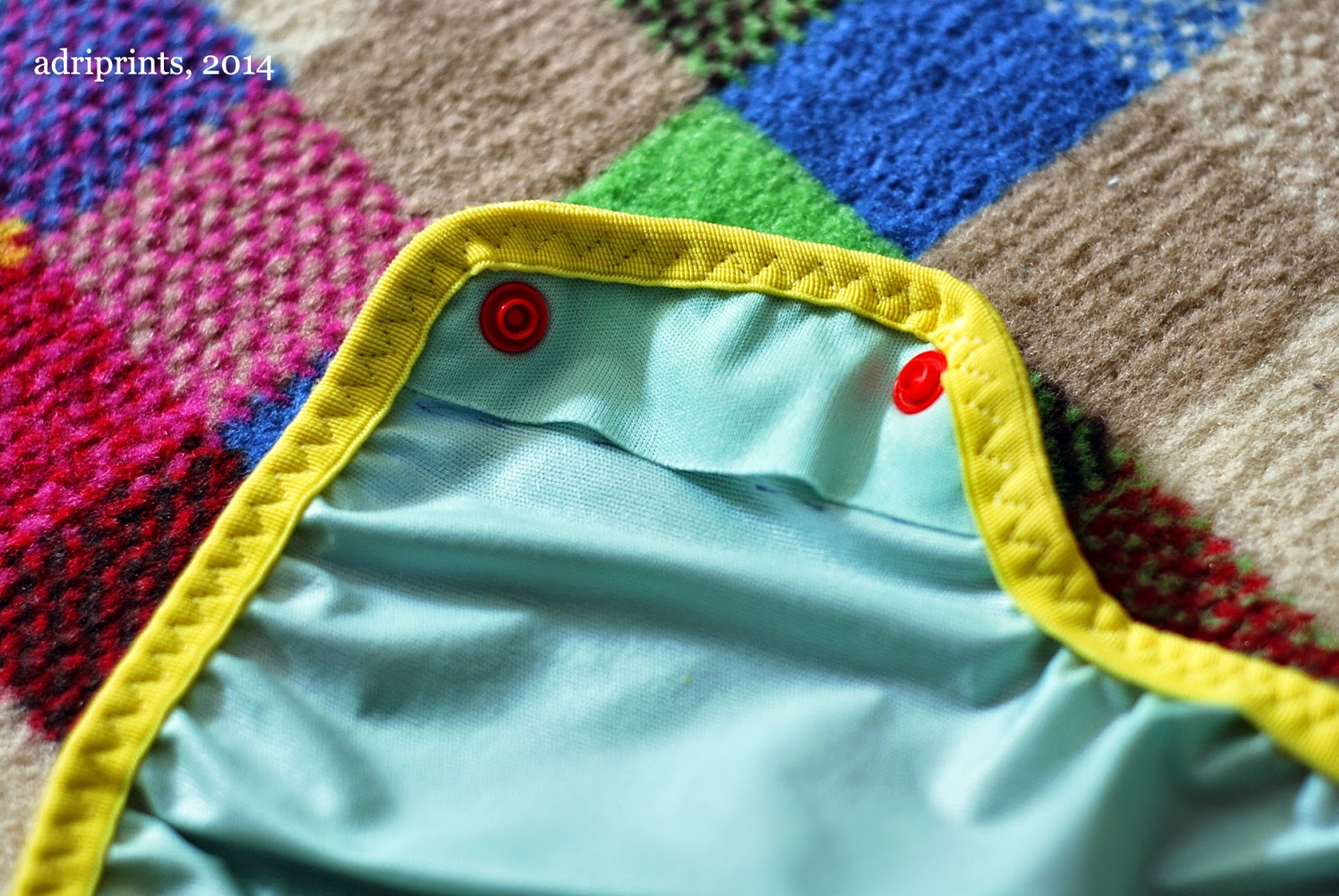 |
| detailed photo of the inner wing of the diaper cover |
KAM snaps - these snaps make a better seal with the Eco-PUL I bought from Diaper Sewing Supplies when there are 3 layers, and it's been exposed to warmth (i.e. it's been through a 60* wash and tumble dry). That's it! That is what was missing last time. I didn't wash/dry the cover before trying out the snaps, and it was too thin. Now I'm kind of sad I chopped up the grey & yellow cover before washing/drying. It may have been salvageable. Oh well.
With my latest effort, I went with a retro color combination! Aesthetics aside, they work really well. No leaks or poo-splosions yet!
As for the diaper inserts (the absorbing inner part of these two-part systems), I've drafted a pattern for anyone who wanted to try it on their own! You can download it from the Google-Drive link here.
Come back this weekend to see the photo-tutorial on making your own diaper inserts!
Comments Off on Two-Part Nappies Revisited: Part 1
Tagged baby, clothing, DIY, experiment, Sewing
Just in time!
 |
| "Indian Elephant" from Ottobre 06/2014 |
Yikes! This baby really is growing fast! I finished the all-in-one pattern "Indian Elephant" from Ottobre 06/2014 just in time for the little dude to wear it. It only took me two weeks to make it, but now I know that may be too slow! Whoah!

This baby is making me a much faster sewist. Even a week can be too slow in the world of baby growth. I'm going to have to plan projects for the far future to keep up! The pattern "Indian Elephant" is pretty straightforward. It's actually a lot easier than the onesie pattern "Warmly Wrapped" that I finished last week.

The toughest part is applying the binding and, once again, the snaps!! What in the world is up with these ring snaps and why don't they install correctly!? This is with the special pliers, too. The prongs often don't align with the center of the snap and then stick out... possibly with the end result of scratching baby. Not nice.
If he's in hefty stuff-in cloth diapers like today, the crotch gusset is a bit revealing shall we say, but if he's in a trimmer model diaper, it'll fit just fine. I may still add two more snaps. Maybe.
Pattern: Indian Elephant, Ottobre 06/2014
Fabric: organic cotton jersey from Lillestoff in "Pirates" print
Notions: fine ribbing in red, a bunch of snaps, stretchy interfacing G785 from Vlieseline/Vilene, and Vliesofix (two-sided fusible interfacing)
Special Tools: twin needle, snap pliers, walking foot, stretch needle
Onesies! It’s a wrap!
After two months with a baby, you start to prefer some types of clothing over others. At this point, I prefer the kimono wrap-type onesies because they fit over the baby's head a lot easier. In fact, you avoid pulling something over the baby's head altogether! Hee hee. Inspired by this preference, I thought to make several onesies and an all-in-one in 2 sizes bigger than my baby's then-current size. But, after lots of starts and stops, and a baby-growth spurt in between, I finally finished the sewing of the onesies, and they are actually his current size, and just slightly larger. ((Insert "they grow up so fast" sentiments here)) I still have yet to install all the snaps, but alas, I've run out of them and am on the look-out for 8mm ring snap variety. What's with me and the snaps, eh?
That one with the pirate fabric and red ribbing is my favorite so far!
Pattern: Warmly Wrapped from Ottobre 6/2014
Fabric: Organic Cotton jersey from Lillestoff in "Pirates" print
Notions: fine ribbing in red, a gazillion snaps, and stretchy interfacing G785 from Vlieseline/Vilene
Here's the all-in-one in progress...
That one with the pirate fabric and red ribbing is my favorite so far!
Pattern: Warmly Wrapped from Ottobre 6/2014
Fabric: Organic Cotton jersey from Lillestoff in "Pirates" print
Notions: fine ribbing in red, a gazillion snaps, and stretchy interfacing G785 from Vlieseline/Vilene
Here's the all-in-one in progress...
\

